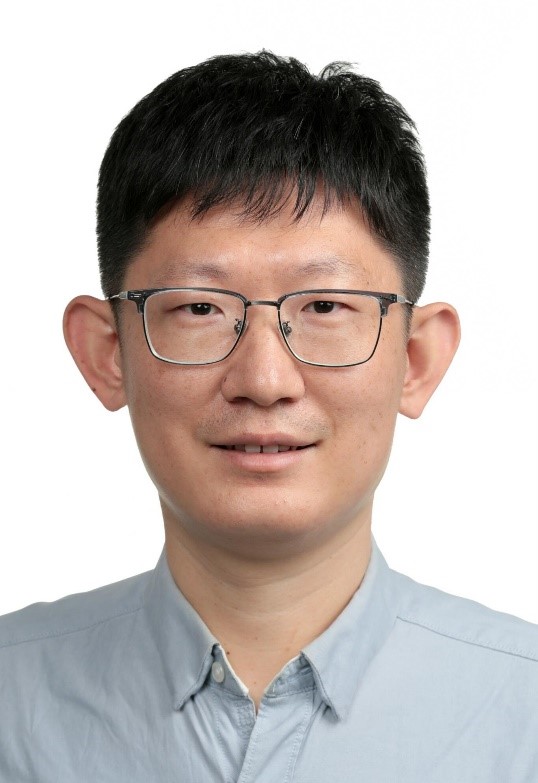

Wen Wei
Education & Working Experience
2006.09-2010.07, Donghua University, Environmental engineering, logistics management, Double bachelor degree
2010.09-2015.07, Beijing University of Technology, Environmental Science and Engineering, Doctor
2015.07-2016.12, Environmental Meteorology Forecast Center of Beijing-Tianjin-Hebei, Chinese Meteorological Administration, Engineer
2017.01-2020.10, Institute of Urban Meteorology, China Meteorological Administration, Associate Professor
2020.11-now,University of Science & Technology Beijing, Associate Professor
Research projects
1. The effect of black carbon aerosol emission on haze and meteorology in Beijing Tianjin Hebei region, supported by National Natural Science Foundation, 2019.01~2021.12
2. Research on the current situation and problems of regional air pollution control, supported by Beijing Science and technology plan, 2018.06~2019.12
3. Research on the impact of direct and indirect transport of secondary pollutants of PM2.5 pollution in Beijing, Beijing Natural Science Foundation, 2017.01-2019.12
4. Study on interaction mechanism of aerosol convective cloud precipitation and application demonstration of Beijing Tianjin Hebei regional, supported by National Key Research and Development Program, 2018.01~2021.12
5. Interaction between atmospheric boundary layer structure and heavy haze pollution in Beijing, supported by Beijing Science and technology plan,2016.01~2018.12
Academic Achievements
Main journal publications:
1.Wen Wei, Ma Xin, et al., 2020. The impacts of meteorology on source contributions of air pollution in winter in Beijing, 2015–2017 changes. Atmospheric Pollution Research, 2020(11), 1953-1962.
2.Wen Wei, Ma Xin, et al,.2020. Source apportionment of black carbon and the feedback effect on the meteorological factors in Beijing, China. Environ Sci Pollut Res,DOI 10.1007/s11356-020-09881-z
3.Wei Wen, Chunwei Guo, et al., 2020. Impact of emission reduction on aerosol-radiation interaction during heavy pollution periods over Beijing-Tianjin-Hebei region in China. Journal of Environmental Sciences , DOI:10.1016/j.jes.2020.03.025.
4.Wei Wen, S Cheng, L Liu, et al., 2016. Source apportionment of PM2.5 in Tangshan, China—Hybrid approaches for primary and secondary species apportionment, Frontiers of Environmental Science & Engineering,10(5):1-14
5.Wei Wen, S Cheng, et al, 2016. PM2.5 Chemical Composition Analysis in Different Functional Subdivisions in Tangshan, China, Aerosol and Air Quality Research, DOI: 10.4209/aaqr.2015.09.0559
6.Wei Wen, S Cheng, X Chen, et al., 2016. Impact of emission control on PM2.5 and the chemical composition change in Beijing-Tianjin-Hebei during the APEC summit 2014,Environmental Science and Pollution Research 23, 5,4505-4521
7.Wei Wen, X He, et al, 2018. Understanding the Regional Transport Contributions of Primary and Secondary PM2.5 Components over Beijing during a Severe Pollution Episodes, Aerosol and Air Quality Research;10.4209/aaqr.2017.10.0406
8.Wen Wei, Ma Xin, Guo Wei, et al., 2020. The aerosol-radiation interaction effect of different PM Components during heavy pollution periods in China. Atmosphere ,2020, 11, 254; doi:10.3390/atmos11030254
9.Lei Liu, Yusi Liu, Wei Wen *, et al., 2020.Source Identification of Trace Elements in PM2.5 at a Rural Site in the North China Plain. Atmosphere 2020, 11, 179; doi:10.3390/atmos11020179
10.Guo Chunwei, Xiao Hui, Wen Wei*, et al. 2020., Effect of melting processes on the structure and precipitation of a heavy rainstom in Beijing. Atmospheric sciences letters, https://doi.org/10.1002/asl.963
11. Wei Wen,Wei peng,2015,A Study of High Spatial Resolution Source Apportionment by Using CAMx-PSAT,2015 6th International Conference on Environmental Science and Technology, Volume 84 of IPCBEE
Honors and Awards
The science and technology progress award of Hebei Province (2014);
The science and technology progress award of Tangshan (2014);